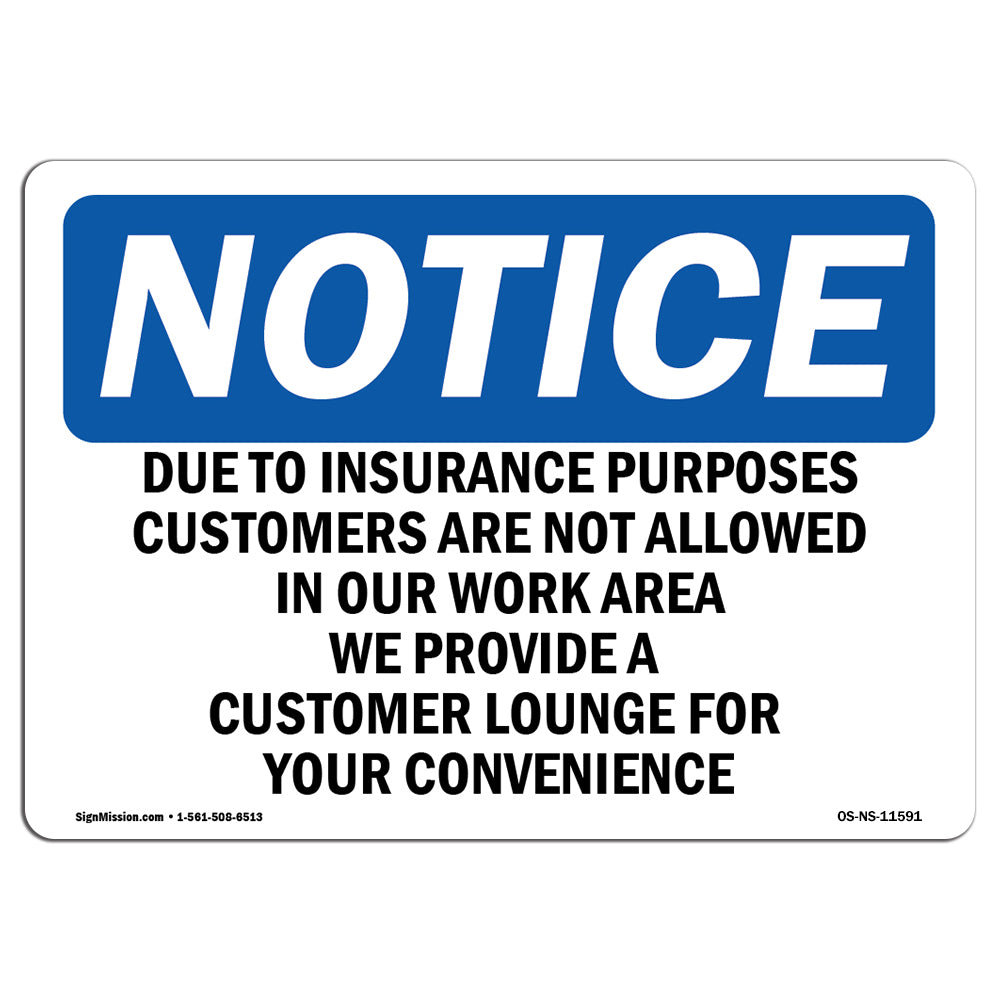The Ultimate Guide To Pacific Prime
Wiki Article
How Pacific Prime can Save You Time, Stress, and Money.
Table of ContentsPacific Prime for DummiesWhat Does Pacific Prime Mean?See This Report on Pacific PrimeAll About Pacific PrimeThe Best Strategy To Use For Pacific Prime

This is because the data were collected for a period of solid financial performance. Of the estimated 42 million individuals that were without insurance, almost regarding 420,000 (concerning 1 percent) were under 65 years old, the age at which most Americans become eligible for Medicare; 32 million were adults in between ages 18 and 65, around 19 percent of all grownups in this age; and 10 million were children under 18 years of age, regarding 13.9 percent of all youngsters (Mills, 2000).
These price quotes of the number of persons uninsured are produced from the yearly March Supplement to the Existing Populace Study (CPS), conducted by the Census Bureau. Unless otherwise noted, national estimates of people without medical insurance and percentages of the populace with various sort of coverage are based on the CPS, the most widely used source of quotes of insurance policy coverage and uninsurance rates.
All about Pacific Prime

Still, the CPS is specifically beneficial since it produces yearly price quotes fairly swiftly, reporting the previous year's insurance coverage approximates each September, and since it is the basis for a consistent collection of quotes for more than two decades, permitting analysis of trends in insurance coverage gradually. For these factors, as well as the extensive usage of the CPS in various other studies of insurance protection that exist in this report, we depend on CPS estimates, with restrictions noted.

The quote of the variety of uninsured people expands when a population's insurance status is tracked for several years. Over a three-year period starting early in 1993, 72 million people, 29 percent of the united state populace, were without coverage for at the very least one month. Within a solitary year (1994 ), 53 million people experienced at the very least a month without insurance coverage (Bennefield, 1998a)
Six out of every ten without insurance adults are themselves employed. Working does boost the probability that one and one's family members will certainly have insurance policy, it is not a warranty. Also participants of households with two permanent breadwinner have virtually a one-in-ten opportunity of being uninsured (9.1 percent uninsured price) (Hoffman and Pohl, my review here 2000).
Not known Incorrect Statements About Pacific Prime
New immigrants represent a considerable percentage of people without medical insurance. One analysis has attributed a considerable portion of the recent growth in the dimension of the united state without insurance populace to immigrants that arrived in the country between 1994 and 1998 (Camarota and Edwards, 2000). Recent immigrants (those who concerned the United States within the previous four years) do have a high rate of being without insurance (46 percent), yet they and their youngsters make up simply 6 percent of those without insurance policy nationally (Holahan et al., 2001).The relationship between medical insurance and accessibility to care is well developed, as recorded later on in this chapter. The relationship between health and wellness insurance policy and wellness end results is neither straight neither straightforward, an extensive medical and wellness services research literature web links wellness insurance policy coverage to better accessibility to care, far better high quality, and improved personal and population wellness standing.
Degrees of evaluation for analyzing the effects of uninsurance. It focuses specifically on those without any health and wellness insurance for any size of time.
What Does Pacific Prime Do?
The problems encountered by the underinsured are in some aspects similar to those encountered by the without insurance, although they are normally less extreme. Health and wellness insurance coverage, however, is neither necessary neither adequate to acquire access to clinical solutions. The independent and direct impact of health insurance policy protection on accessibility to health solutions is well established.
Others will certainly acquire the wellness care they require even without wellness insurance coverage, by paying for it out of pocket or seeking it from companies that provide treatment complimentary or at highly subsidized prices. For still others, medical insurance alone does not ensure invoice of care as a result of other nonfinancial obstacles, such as an absence of health treatment companies in their community, minimal access to transport, illiteracy, or linguistic and social differences.
Top Guidelines Of Pacific Prime
Official study regarding without insurance populations in the United States dates to the late 1920s and very early 1930s when the Committee on the Cost of Medical Care created a collection of reports concerning funding medical professional office visits and hospitalizations. This problem became prominent as the varieties of medically indigent climbed during the Great Anxiety.Report this wiki page